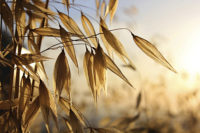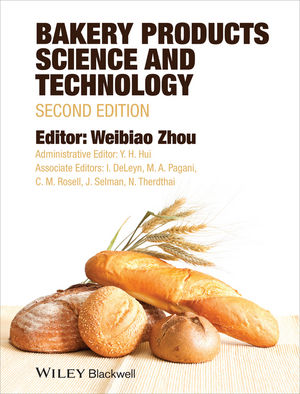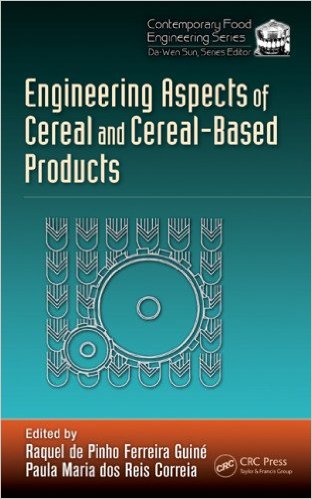Nutritional quality
Historically, GF products have been made from white rice and a combination of starches such as corn, tapioca and/or potato, which are low in fiber, iron and other nutrients. But GF products often contain more sugar, fat and calories, and are not typically enriched with iron and B vitamins like their gluten-containing counterparts. Fortunately, some companies are developing more nutritious GF products using healthier ingredients and/or enriching them with vitamins and minerals.
As a registered dietitian and GF consumer, I’m offering my tips below for making these products more nutritious:
Go with whole grains. GF whole grains include amaranth, brown rice, buckwheat, corn, millet, GF oats, teff and wild rice. It’s critical to source pure, uncontaminated grains from suppliers who can ensure they are gluten-free from the growing, harvesting, transportation and processing chain. In a future column, I will discuss more about cross-contamination and gluten testing. For more information about GF whole grains see http://www.glutenfreediet.ca/img/WholeGrainHandoutFinalApril2012.pdf.
Pulse power. Dried beans, peas and lentils, also known as legumes or pulses, are a nutritional powerhouse. Rich in fiber, protein and a variety of vitamins and minerals, pulses are also low in fat and sodium, plus they have a low glycemic index. To learn more about pulses in the gluten-free diet see http://www.pulsecanada.com/
pulses-and-the-gluten-free-diet.
Fiber up. In addition to pulses and pulse flours, there are many other great sources of fiber. These include nuts and nut flours, seeds (chia, hemp, flax, sesame), rice bran, corn bran, amaranth, teff, quinoa and mesquite flour.
Add vitamins and minerals. Food and drug regulations in the U.S. and Canada allow gluten-free bread products, cereals, pastas and flours to be enriched with a variety of vitamins and minerals at the same levels as their gluten-containing counterparts. Key nutrients to focus on are iron, folic acid, thiamin, riboflavin, niacin, calcium and vitamin D.
With 1% of the U.S. population having Celiac disease and up to 6% possibly having nonCeliac gluten sensitivity, this translates into 21 million Americans who need a gluten-free diet to manage their conditions. To learn more about the gluten-free consumer, see my February column, “The Gluten-Free Boom” (http://www.
snackandbakery.com/articles/
85545-the-gluten-free-diet-boom).
So I challenge manufacturers to develop innovative GF products that are great-tasting, affordable and nutritious. If they can do this, they will have (at least one) very loyal GF customer for life!
Shelley Case, RD, is a registered dietitian and leading international expert on Celiac disease and the gluten-free diet. Case is also a member of the Medical Advisory Boards of the Celiac Disease Foundation, Gluten Intolerance Group and Canadian Celiac Association and the Scientific Advisory Board of the Grain Foods Foundation. She also has a national best-selling book, Gluten-Free Diet: A Comprehensive Resource Guide.
Visit www.glutenfreediet.ca for more information.







